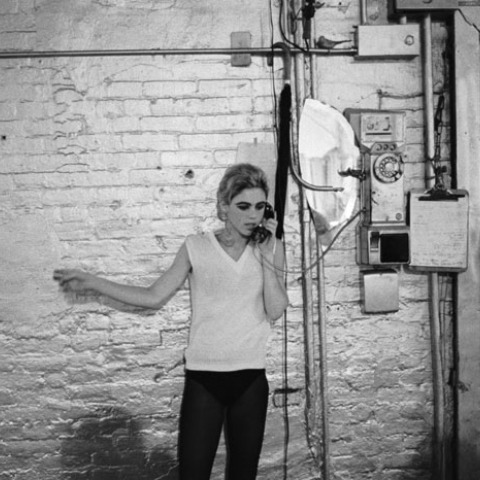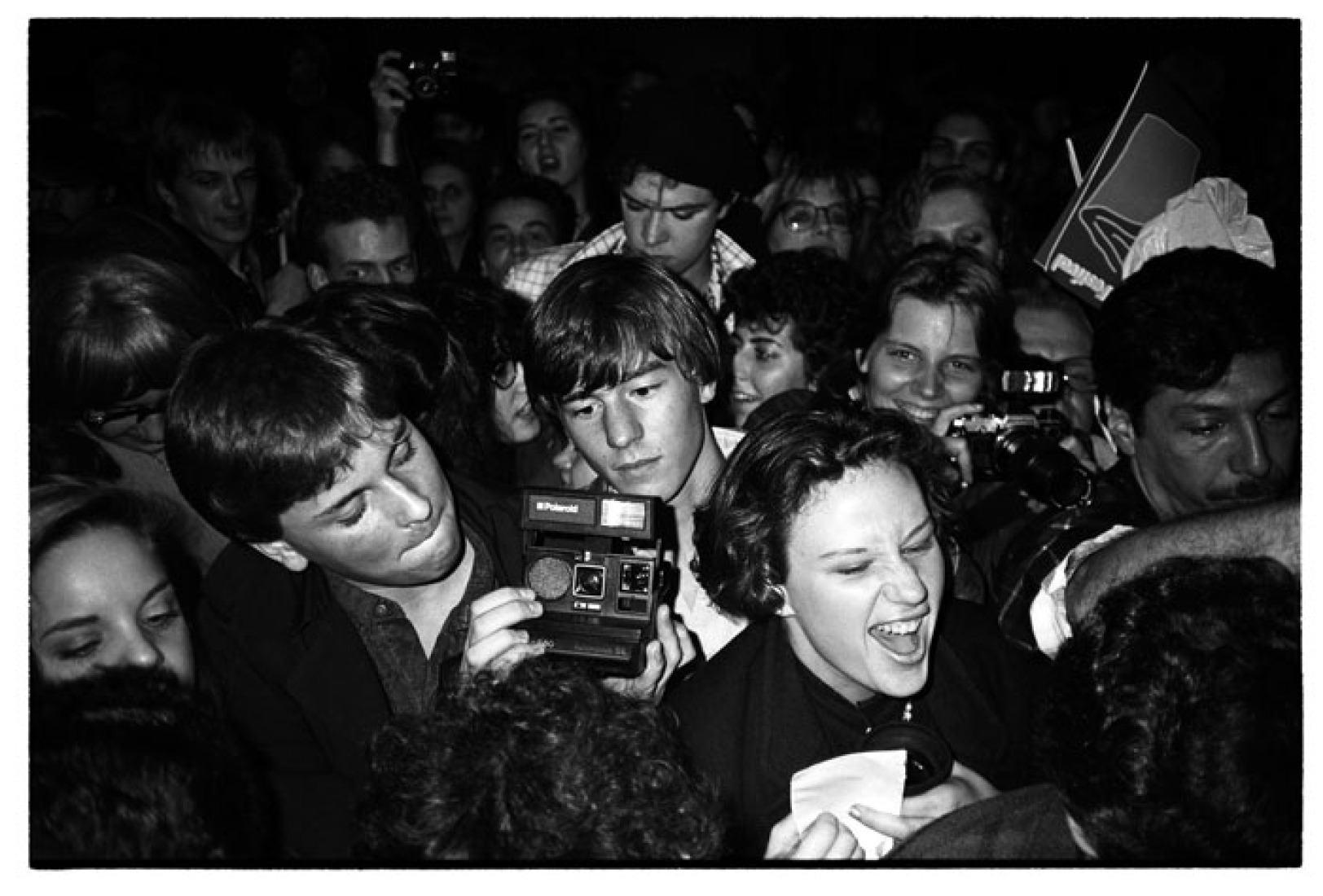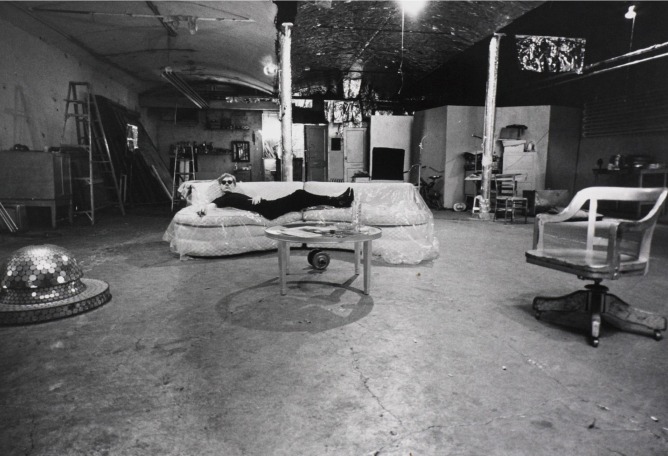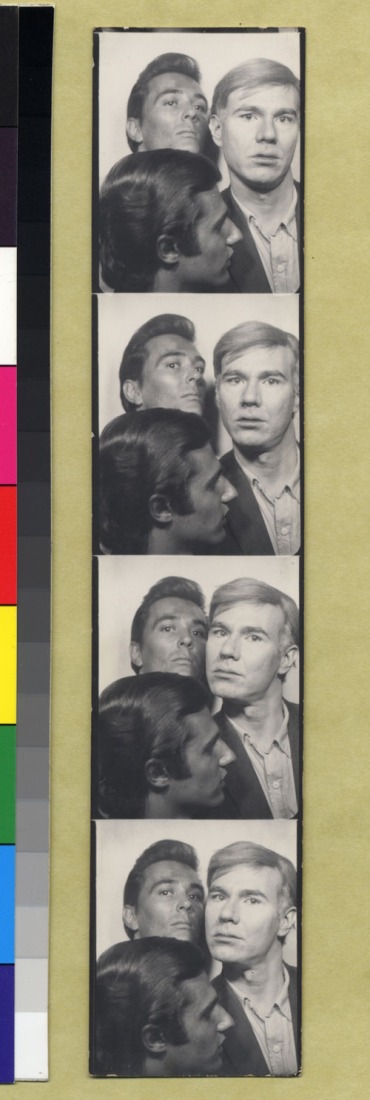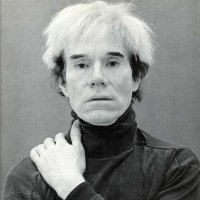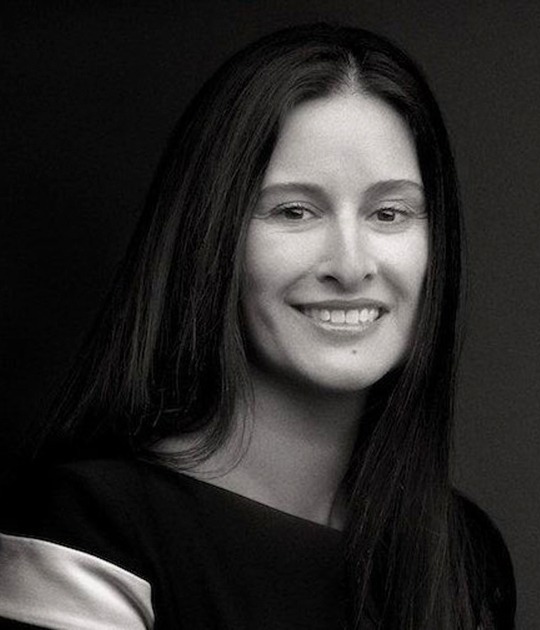Andy Warhol was among the most important and influential artists of the twentieth century. Of all his contributions to the development of post-modern and contemporary aesthetics, perhaps none was more significant than the group work produced at The Factory. This iconic studio, set up in 1962, was not only a work-space but also the setting for social and cultural interactions between Warhol and a whole host of friends, lovers, artists, celebrities, hangers-on and spectators; a hive of activity that soon became a vital community. The numerous artists working at The Factory together created a world in miniature that exemplified the relational approach to art.
The exhibition examines the crucial role of photography both in documenting and in generating the extravagant bohemian culture of The Factory. It includes the work of a number of photographers linked to the studio – professionals, amateurs and passing voyeurs – and reflects a wide range of techniques and genres. Of the over -100 photographs featured, perhaps the most remarkable are those taken by Warhol himself, little- known images brought to us by courtesy of the Andy Warhol Foundation. The visitor, as though leafing through the family album, is given an intimate insight into the Factory. Towards the end of his life, Warhol himself sought to publicise The Factory, and this exhibition includes a selection of his books and magazines which highlight Warhol’s increasingly global social and cultural reach.
Warhol’s filmography stretches from 1966, when he produced Kiss, Sleep and Eat, to 1968, the year of his attempted murder. During this brief period, he made over 100 films and 500 screen tests, which together provide a collective film portrait of The Factory’s denizens, a documentary record of the countless figures who worked, and even lived, there: Velvet Underground, Bob Dylan, Lou Reed, Dennis Hopper, Marisa Berenson, Susan Sontag, Salvador Dalí, Marcel Duchamp, Peter Hujar, Allen Ginsberg, Edie Sedgwick, Mario Montez, Alan Salomon, Gerard Malanga, Billy Name. They were all featured in Warhol’s films.
The PHE12 programme has organised the material in series: each screen test is accompanied by one or more films, together lasting about as long as a feature film. The only exception to this format is Warhol’s 3½-hour film The Chelsea Girls.
- Andy Warhol. Screen Tests and Factory Films.
Venue: Filmoteca Española. C/ Santa Isabel 3, 28012 Madrid. Spain.
Curated: Douglas Crimp
Date: 5 june – 22 june, 2012
- From the Factory to the World. Photography and the Warhol Community.
Venue: Theatre Fernán Gómez/ Fundación Banco Santander. Plaza de Colón, 4 28046 Madrid. Spain.
Curated: Catherine Zuromskis
Date: 6 june – 22 july, 2012
